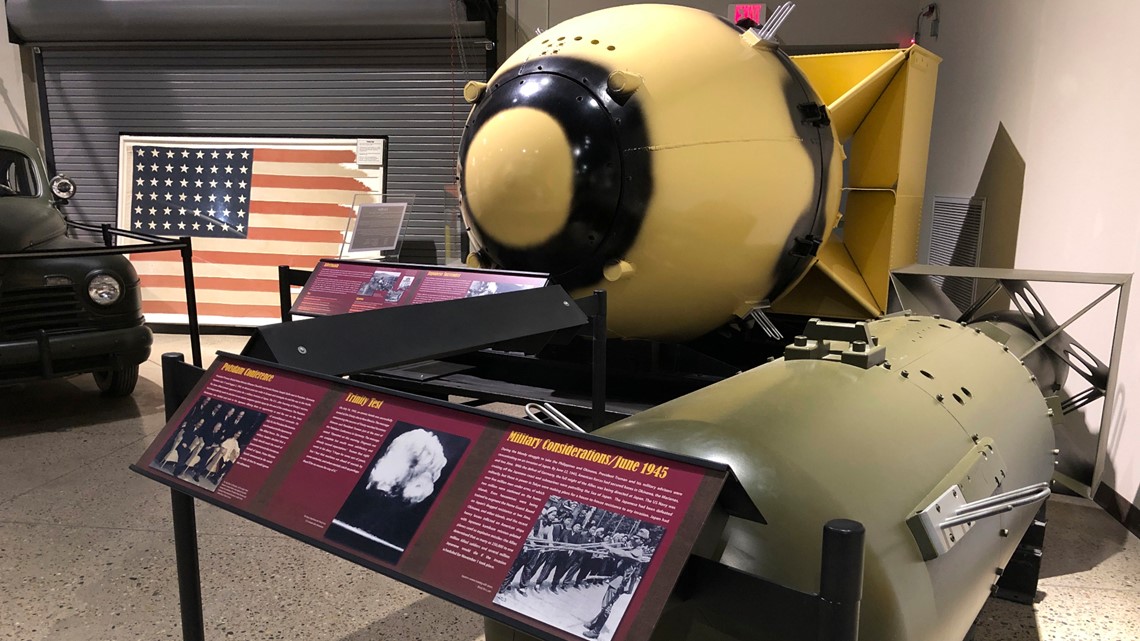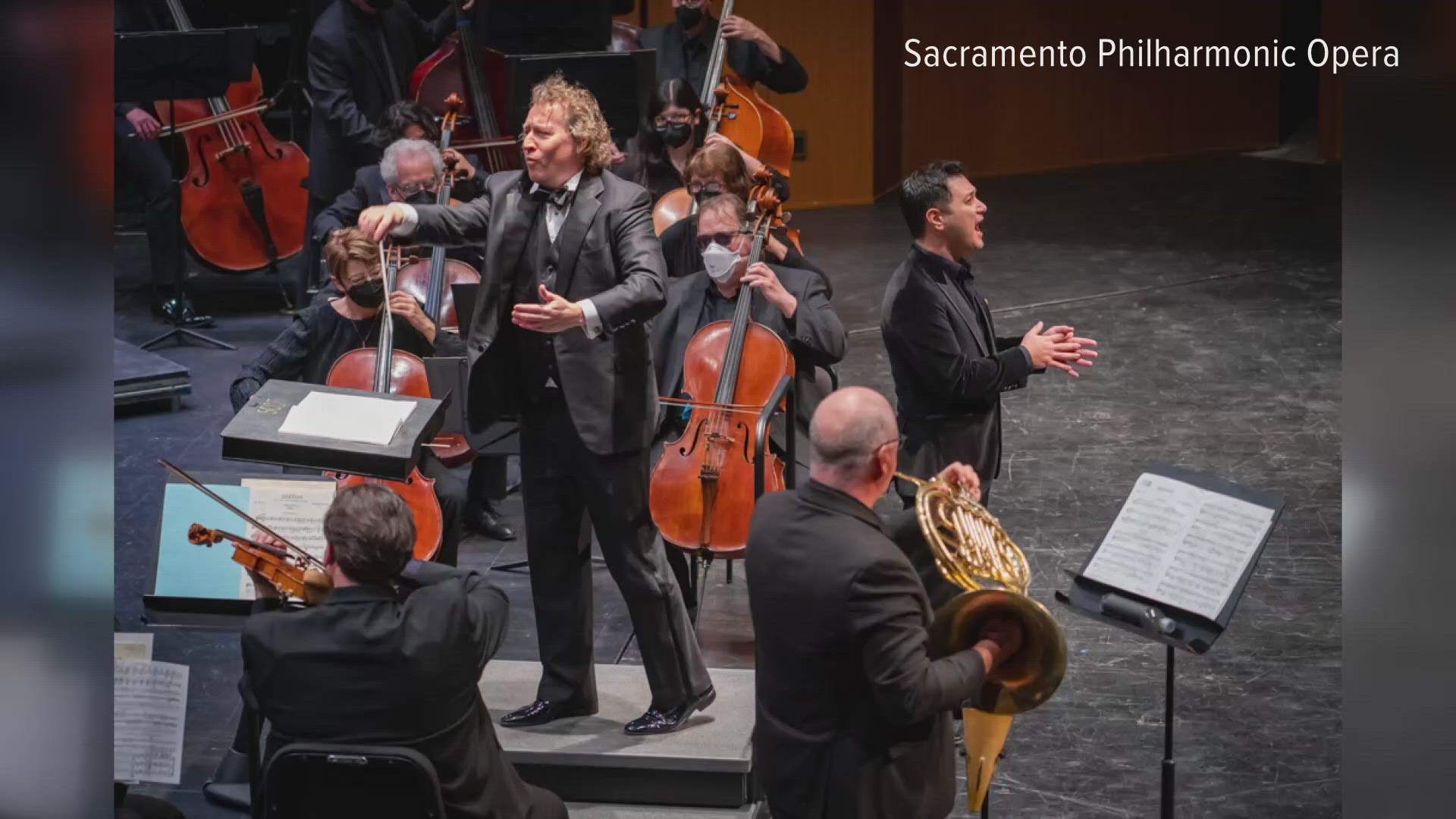ALBUQUERQUE, N.M. — After years of research, the National Cancer Institute was poised Tuesday to finally release a series of papers related to radiation doses and cancer risks resulting from the U.S. government's detonation of the first atomic bomb during a test at a military outpost in the New Mexico desert in 1945.
Government scientists never discounted the potential for radioactive fallout before moving ahead with the Trinity Test, which was the culmination of work done at installations around the country as part of the once-secret Manhattan Project. The detonation forever changed the course of history, ensuring the end of World War II and marking the dawn of the atomic age.
But after 75 years, residents of Tularosa Basin are still fighting for recognition from the government, saying generations of people have been dealing with cancer and other effects from the blast.
The institute's research comes as Congress considers legislation that would include the downwinders in New Mexico in a federal compensation program for people who were exposed to radiation released during atmospheric nuclear tests or employees in the uranium industry.
“Too many of these unwilling participants in our country’s national security strategy are still struggling with illness or have lost loved ones to radiation exposure,” U.S. Rep. Ben Ray Lujan, a sponsor of the legislation, said after organizing a meeting in August with lawmakers, former miners, survivor groups from New Mexico, Idaho and Guam and others.
While the full impact on southern New Mexico residents is difficult to gauge, experts and historians have said people in Tularosa Basin were almost certainly exposed to dangerously levels of radiation following the Trinity blast. Fallout was thought to have affected the holding ponds and cisterns that were used by locals for fresh water as well as gardens and livestock that would have been used for food.
Downwinders have said their communities have been plagued by cancer, birth defects and stillbirths — all problems that can come from radiation exposure.
Tina Cordova, a co-founder of the Tularosa Basin Downwinders Consortium and cancer survivor, has said the government did nothing at the time or in the decades after to monitor what was happening because of the fallout.
She has pointed to research published in 2019 in the Bulletin of the Atomic Scientists on state health data that showed a spike in infant mortality with no known cause other than it began a month after the Trinity Test. She said the increase followed what had been a steady decline in infant mortality in New Mexico up until August 1945.
The National Cancer Institute’s research was aimed at trying to estimate the range of possible radiation-related cancer cases in New Mexico that may be related to the Trinity Test. The team looked at published data on radioactive fallout from the test as well as descriptions of the typical diet and lifestyle of people living in the area in 1945. Interviews also were done with residents in New Mexico as part of the project.




